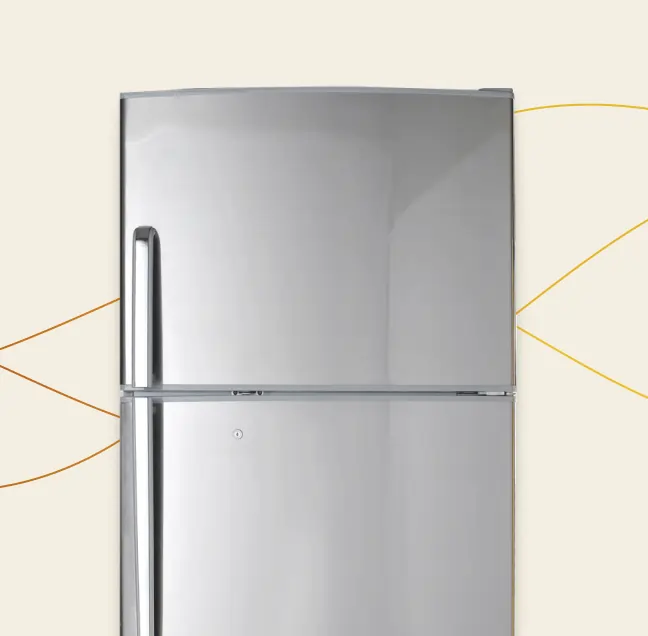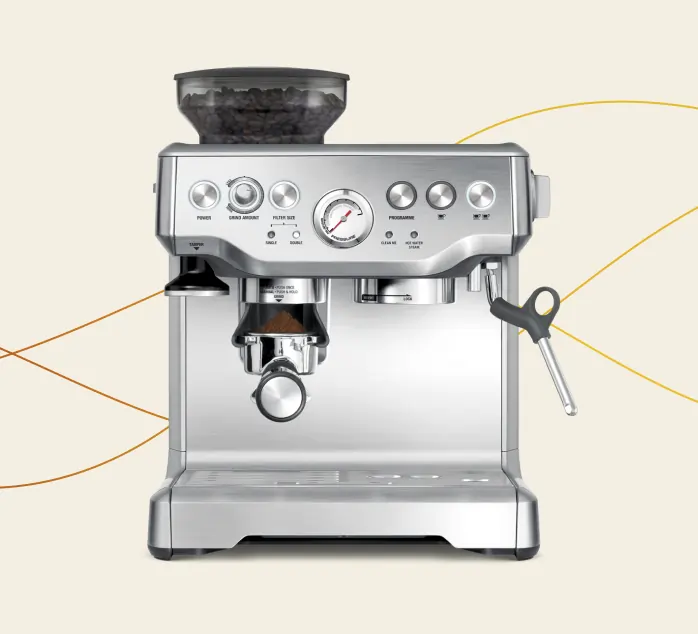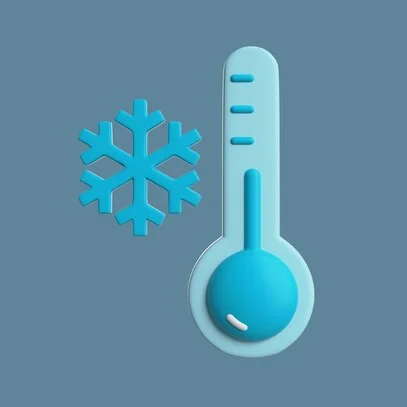Welcome to our guide on how to troubleshoot common issues with home electrical appliances. In this article, you will learn about problems that you might encounter with your fridge or oven. And get some advice on how to address them. From not cooling to not heating, we've got you covered.
Remember that working with electrical appliances requires caution and, in most cases, professional assistance. If you need help with your electrical appliance, you can find a professional company on our platform. Go to Services tab, then Select Engineering services and choose the appliance type you have issues with. If you need help with luxury branded appliance, select Residential Brand Services in our quick contact form and choose your brand. For example, if you need Sub Zero repairs service in London, choose the Sub Zero brand.
Understanding the Basics
Before we delve into specific troubleshooting techniques, it's essential to have a basic understanding of how home electrical appliances work. Most household appliances are designed to operate on standard alternating current (AC) power supply. They utilize motors, heating elements, circuit boards, and sensors to perform specific functions.
Common Issues with Kitchen Appliances
Fridge Not Cooling Properly
As practice shows, this is a common problem with fridges. The issue results in food spoilage earlier than it should.
Here are the steps to follow if your fridge fails to maintain a sufficiently cool temperature:
- Verify the temperature settings: Confirm that the temperature settings align with the manufacturer's guidelines and modify them if required.
- Examine the door seal: A defective door seal may allow warm air to enter the fridge. Inspect the seal for any signs of damage or openings and replace it if necessary.
- Maintain the cleanliness of the condenser coils: Dust and debris obstruct the ability of the condenser to dissipate heat. So, clean the coils regularly. This can help you a lot to improve cooling performance of your fridge.
- Ensure proper airflow: Confirm that there is sufficient space around the fridge for appropriate airflow. Blocked vents can hinder its cooling performance greatly.
Oven Not Heating Up
If your oven fails to heat up, cooking meals becomes a challenging task. Follow these steps:
- Check the power supply: Make sure the unit is empowered. Verify the circuit breaker and fuses. Reset the breaker or change blown fuses if necessary.
- Inspect the heating elements: Faulty heating elements can prevent the oven from reaching the desired temperature. Visually inspect them for any signs of damage or burning. If needed, replace the faulty element.
- Verify the temperature sensor: A malfunctioning temperature sensor can cause temperature irregularities. Test the sensor's resistance with a multimeter to determine if it's functioning correctly. Replace if necessary.
- Calibrate the oven: Some ovens allow you to calibrate the temperature settings manually. For exact instructions, consult your oven's user manual.
Conclusion
In conclusion, troubleshooting common issues with home electrical appliances requires a combination of basic knowledge, caution, and sometimes professional help. By understanding the fundamentals and following the appropriate troubleshooting steps, you can often resolve problems and restore the functionality of your appliances. Remember to prioritize safety at all times and consult the user manuals. With this information, you'll be better equipped to tackle common minor issues and keep your home running smoothly.


